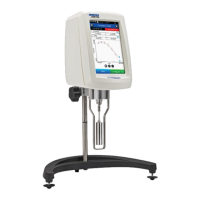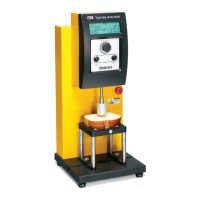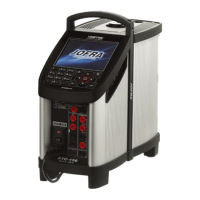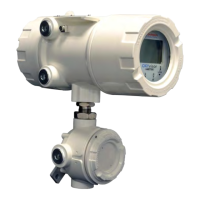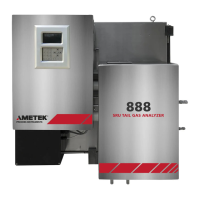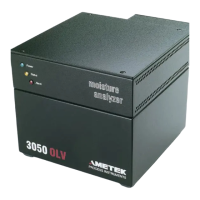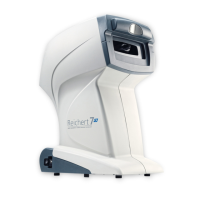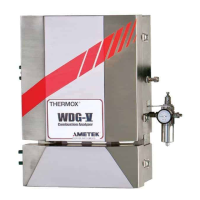M21-400 REV.1.1 DVPLUS DIGITAL VISCOMETER - OPERATIONAL MANUAL
Figure 3-2.1
Use the Temperature Probe Clip to secure the Temperature Probe to the rim of your Sample Beaker/Container or
Guard Leg
Figure 3-2.2
3.3 Selecting a Spindle/Speed
The DVPlus has the capability of measuring viscosity over a wide range. For example, the DVPlus RV-range can
measure fluids within the range of 100-40,000,000 cP (see Appendix A). This range is achieved using several
spindles over many speeds.
The process of selecting a spindle and speed for an unknown fluid is normally trial and error. An appropriate
selection will result in measurements between 10-100 on the instrument % torque scale and two general rules will
help in the trial-and-error process:
1.
2.
Viscosity range is inversely proportional to the size of the spindle.
Viscosity range is inversely proportional to the rotational speed.
In other words, to measure high viscosity, choose a small spindle and/or a slow speed. If the chosen spindle/speed
results in a reading above 100%, then reduce the speed or choose a smaller spindle.
Experimentation may reveal that several spindle/speed combinations will produce satisfactory results between
10-100%. When this circumstance occurs, any of the spindles may be selected.
The DVPlus oers a Viscosity Wizard that provides a detailed step-by-step method to reduce the trial and error
process listed above. See section 2.12.
Non-Newtonian fluid behavior can result in the measured viscosity changing if the spindle and/or speed is changed.
See our publication “More Solutions to Sticky Problems” for more details.
When viscosity data must be compared, be sure to use the same test methodology: the same instrument, spindle,
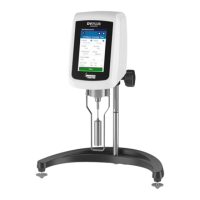
